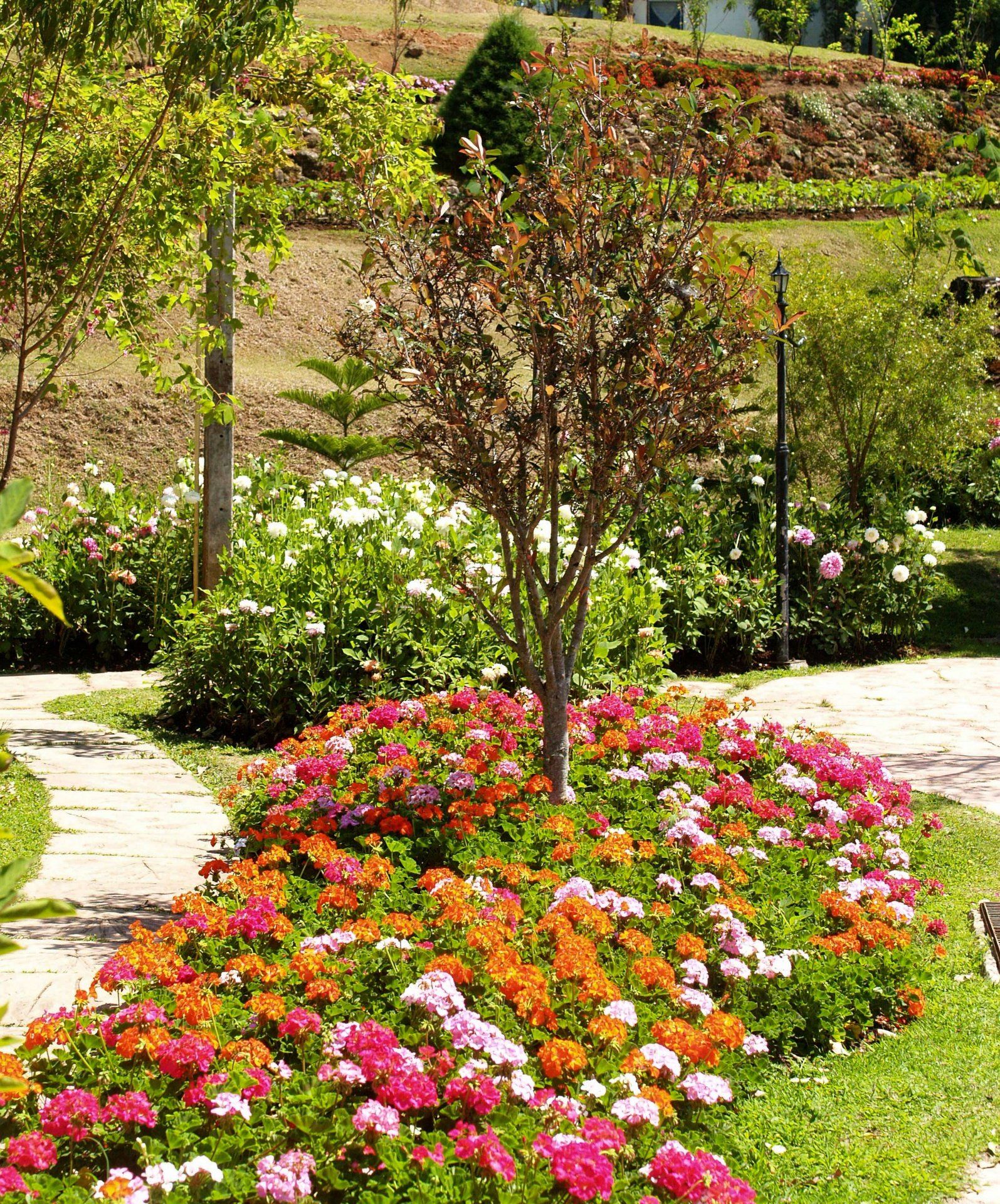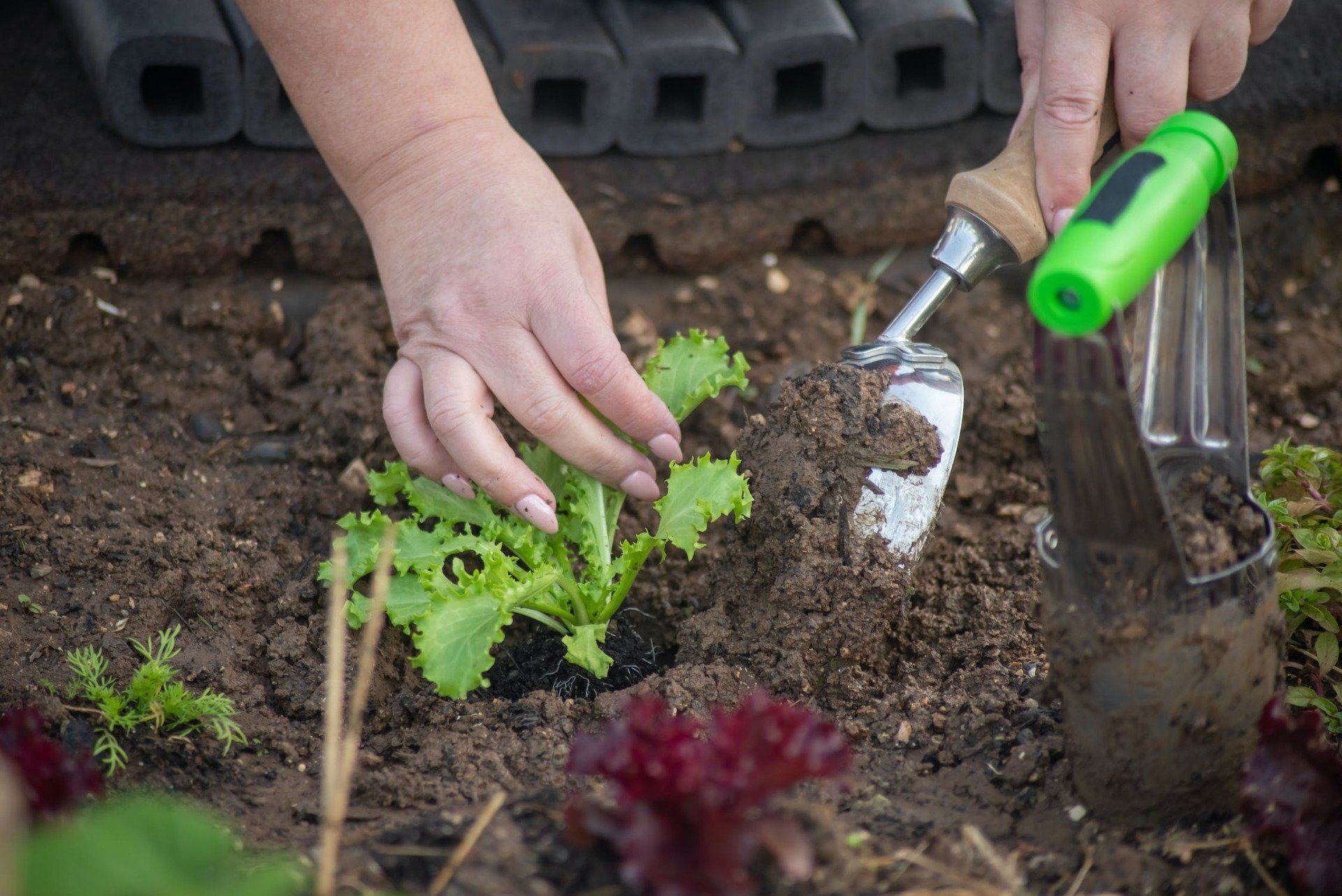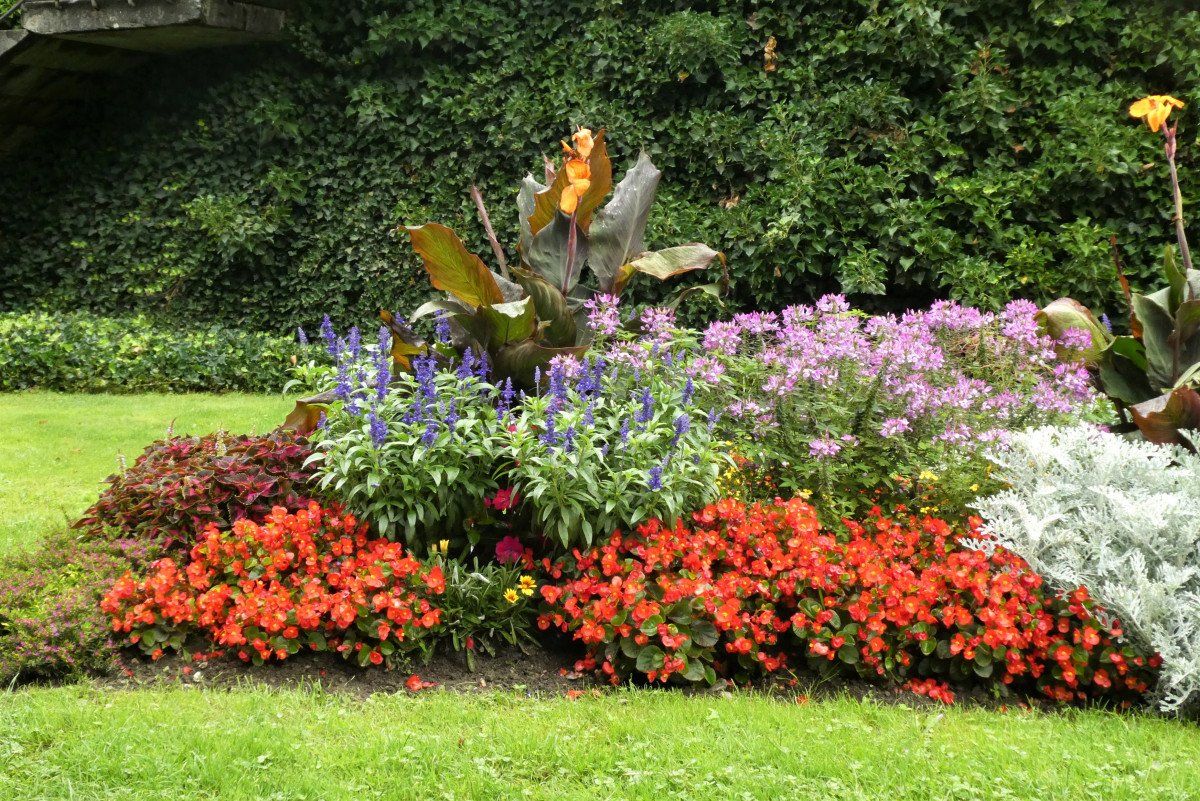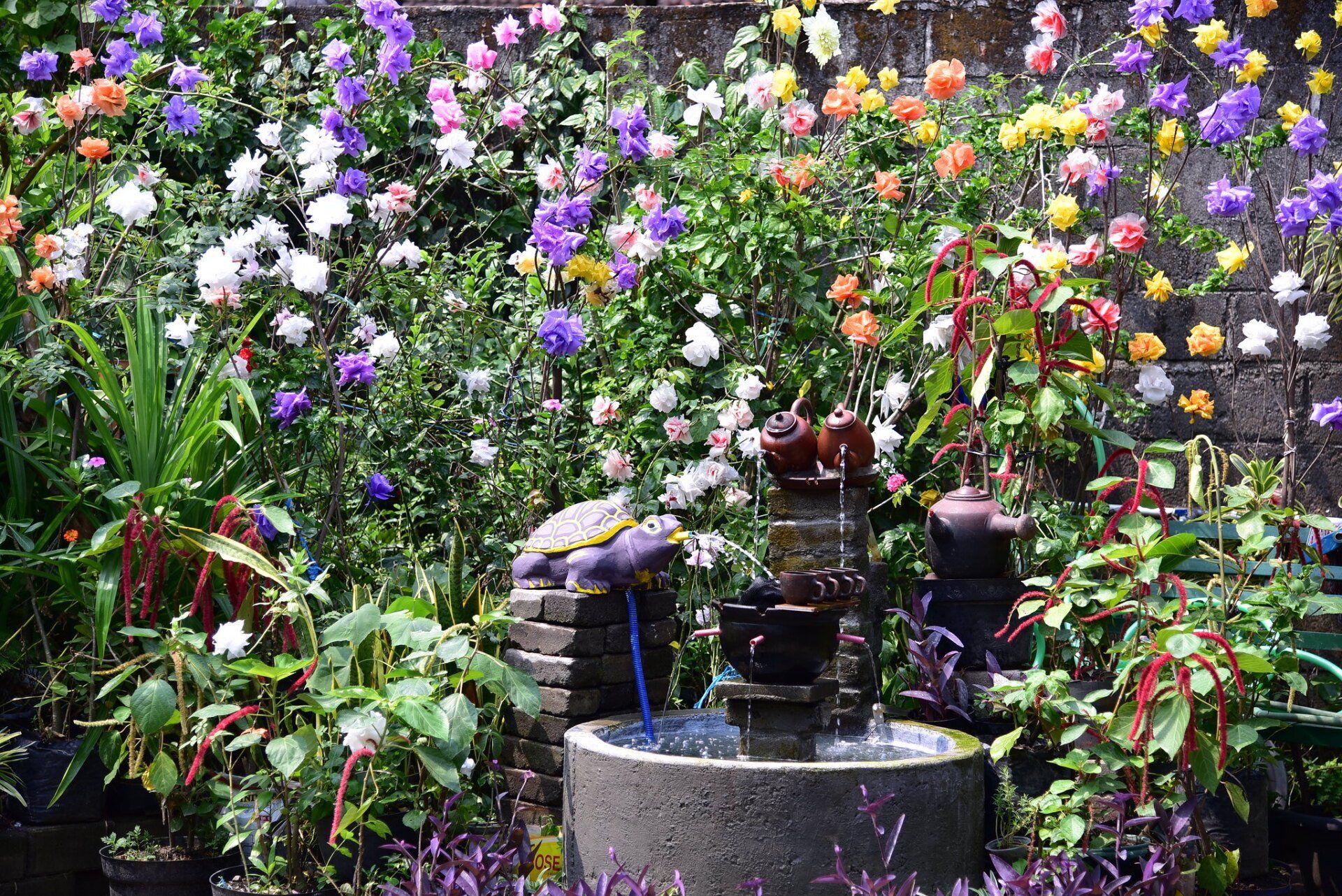Teri Silver is a journalist and outdoor enthusiast. She and her husband live on five acres with a vast lawn, three gardens, a farm pond, many trees, and a lot of yard work! The best parts of the year are summer and fall when home-grown veggies are on the dinner table.
Gardening And The Benefits Of Going DIY With It
What a Great Way to Stay Healthy and Active!

The benefits of do-it-yourself gardening are many, especially when you get to eat what you sow. Fresh air and exercise are just two of the reasons to DIY your outdoor gardens. Digging in the dirt, pulling weeds, and a bountiful harvest bring it all together.
Whether you have a large yard or a small space for gardening, get ready for the growing season!
Why Garden?
Even if you have no experience digging up dirt, gardening lets you breathe fresh air and soak up the sunshine — an important source of vitamin D. Get close to nature by growing your own flowers, fruits, and vegetables. Gardening is productive and fun and it relieves anxiety and stress.
Here are a few reasons why this fruitful hobby is a great DIY project.
Improve Strength and Sleepiness

Cutting grass, raking leaves, chopping wood, digging up weeds, and shoveling manure are mild to moderate forms of exercise that work your muscles and build up strength.
Gardening improves sleep habits because muscle exertion is tiring, especially as we age.
Exercise
You won’t be doing jumping jacks, but gardening is a great way to move, whether it’s reaching for pruning and landscaping tools or pulling weeds. Bending, twisting, digging, and pulling are exercises that increase mobility, stamina, and flexibility. For those with arthritis and joint pain, outdoor gardening gets you moving in a positive direction.
Burn Calories

One of the great benefits of DIY gardening is that it’s a low-impact exercise that burns calories. On average, gardening burns up to 400 calories per hour. Digging and planting for 2-3 hours per day may burn up to a pound of fat each week. On its own, weeding burns up to 150 calories per hour. Gardening for 30 minutes a day has varied results, but in the long run, doing something is better than doing nothing.
Reduce Blood Pressure and Stress
Gardening can take your mind off the worries of the day, which in turn releases stress and keeps your blood pressure in check. Feel the breeze, touch the soil, listen to chirping birds, and soak in the sunshine –– it’s very relaxing. Indoor gardening systems are nice to have, too. They don’t require much care and are beautiful to look at.
Mental Health

Today’s busy world makes it hard to keep track of things, especially when multitasking. Gardening sharpens your mind. Remembering where you planted what and when to water and harvest encourages brain activity and helps with mental sharpness.
Soil Testing
Before deciding on what to plant, test the soil. Acidic soil has a pH of 6.0 or below. From 6.0-7.0 is neutral and anything higher than 7.0 is alkaline. In garden stores, soil mixes are sold in various ranges of nitrogen, phosphorus, and potassium (NPK).
Besides filtering nutrients to stems, roots, leaves, and fruits, well-draining soil anchors the plant into the ground while producing energy. Aerated soil protects roots as it drives water toward vegetative tissues. Water encourages photosynthesis.
What to Plant

Deciding what to plant depends on the pH level of the soil and the amount of sunlight the garden receives. Plant a rainbow of red tomatoes, orange carrots, yellow squash, green beans, and purple eggplant. Fresh herbs and flowers emit pleasant aromas.
Simple Gardening Tips
Lay out your backyard garden with these ideas in mind.
- Purchase a hand trowel, gardening fork, spade, clippers, and thick gloves.
- Choose plants that thrive in direct or partial sunlight, depending on the location of your garden. Flowers, vegetables, and fruits grow in various types of soil.
- Plant the garden near a water source. (It’s easier than schlepping a watering can back and forth).
- Use organic fertilizer.
- Add a couple of inches of mulch.
- Cool mornings and early evenings are the best times for gardening.
Wear sunscreen, gardening gloves, solid shoes, a wide-brimmed hat, and sunglasses. Drink a lot of water.
Gardening is a DIY project that gives back to all the effort you put into it. There’s nothing like picking fresh, crisp vegetables for the dinner table. Farm to table –– that’s what home gardening is truly all about.
Bonus Tip from Critter-Repellent.com: Want to protect all of your gardening hard work from pest animals damage? An all natural animal repellent like
Shake-Away can do the trick. Simply place the product around your garden as per the instructions and the special formula will go to work to deter many common garden raiding animals from making your garden their lunch.
Critter Repellent All Natural Animal Repellent Blog













